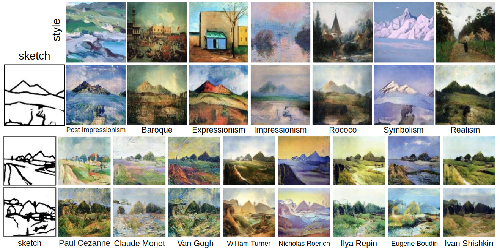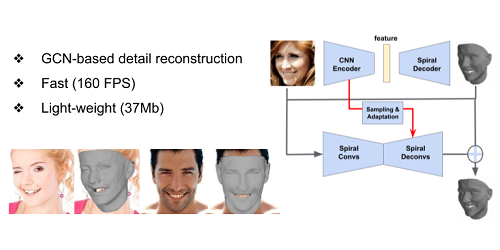Reconstructing Creative Lego Models
George Tattersall (University of York)*, Dizhong Zhu (University of York), William A. P. Smith (University of York), Sebastian Deterding (University of York), Patrik Huber (University of York)
Keywords: 3D Computer Vision
Abstract:
Lego is one of the most successful toys in the world. Being able to scan, analyse and reconstruct Lego models has many applications, for example studying creativity. In this paper, from a set of 2D input images, we create a monolithic mesh, representing a physical 3D Lego model as input, and split it in to its known components such that the output of the program can be used to completely reconstruct the input model, brick for brick. We present a novel, fully automatic pipeline to reconstruct Lego models in 3D from 2D images; A-DBSCAN, an angular variant of DBSCAN, useful for grouping both parallel and anti-parallel vectors; and a method for reducing the problem of non-Manhattan reconstruction to that of Manhattan reconstruction. We evaluate the presented approach both qualitatively and quantitatively on a set of Lego duck models from a public data set, and show that the algorithm is able to identify and reconstruct the Lego models successfully.
SlidesLive
Similar Papers
Novel-View Human Action Synthesis
Mohamed Ilyes Lakhal (Queen Mary University of London)*, Davide Boscaini (Fondazione Bruno Kessler), Fabio Poiesi (Fondazione Bruno Kessler), Oswald Lanz (Fondazione Bruno Kessler, Italy), Andrea Cavallaro (Queen Mary University of London, UK)

Sketch-to-Art: Synthesizing Stylized Art Images From Sketches
Bingchen Liu (Rutgers, The State University of New Jersey)*, Kunpeng Song (Rutgers University), Yizhe Zhu (Rutgers University ), Ahmed Elgammal (-)

Faster, Better and More Detailed: 3D Face Reconstruction with Graph Convolutional Networks
Shiyang Cheng (Samsung)*, Georgios Tzimiropoulos (Samsung AI), Jie Shen (Imperial College London), Maja Pantic (Samsung AI Centre Cambridge/ Imperial College London )
